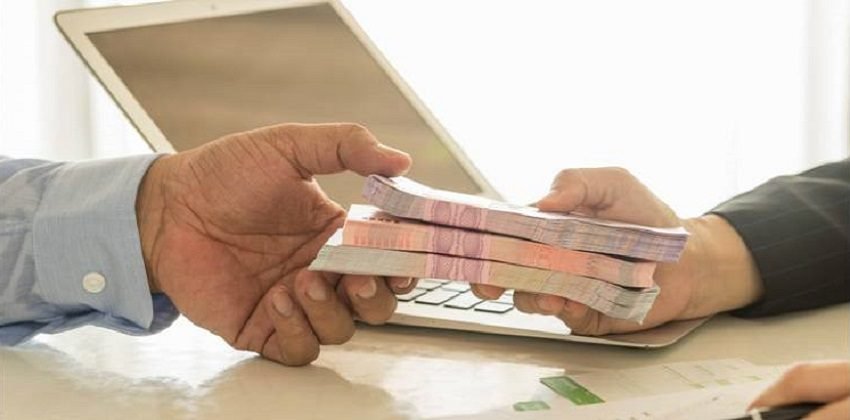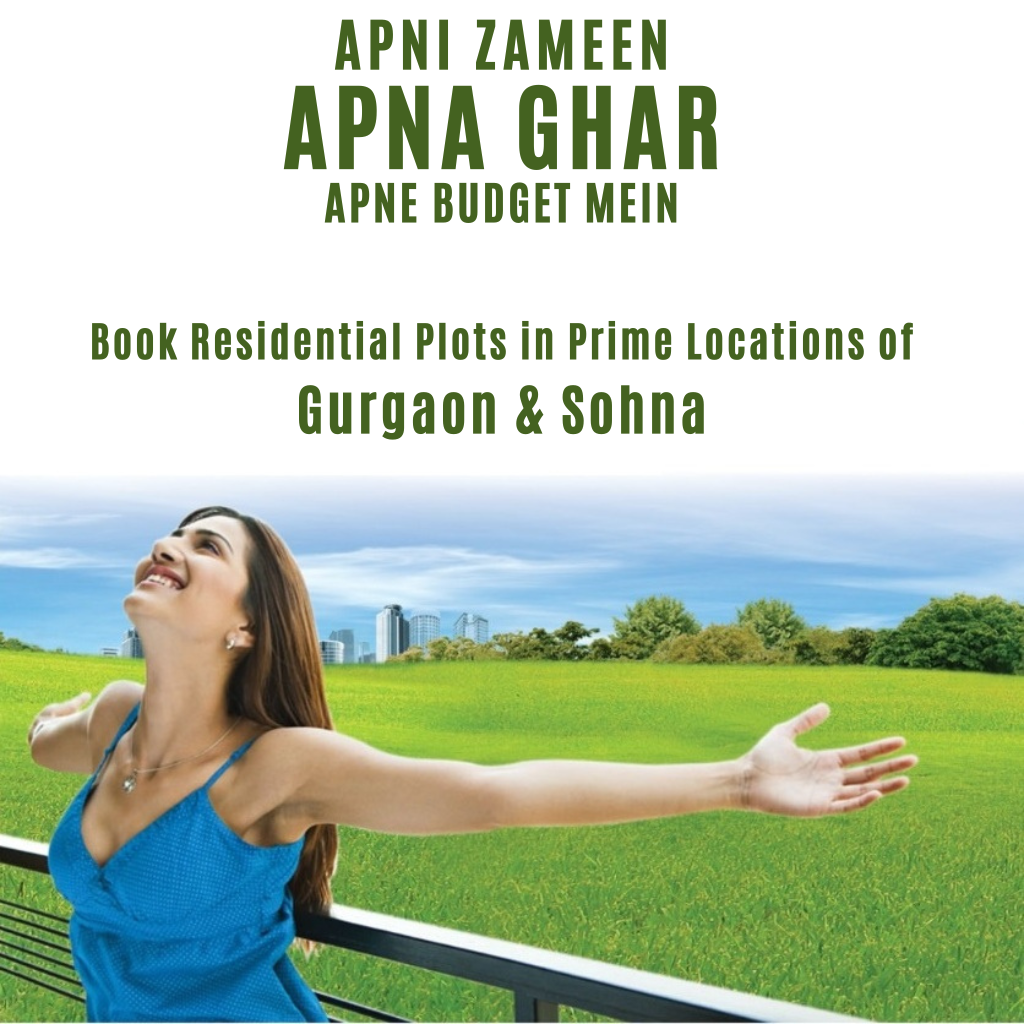
We examine the eligibility criteria and the process of disbursal of home loans under the government’s Pradhan Mantri Awas Yojana scheme that provides interest rate subsidies to EWS and LIG individuals
The Centre has extended the Credit Link Subsidy Scheme (CLSS) on home loans for the middle income group (MIG) under the Pradhan Mantri Awas Yojana (Urban) till March 2020, union housing and urban affairs minister Hardeep Singh Puri announced, on December 31, 2018. Addressing a press conference, Puri said he had signed the file pertaining to the extension of the CLSS, under which the government provides a subsidy of up to Rs 2.67 lakhs on home loans.
Till December 30, 2018, around 3,39,713 beneficiaries have availed of the CLSS under the PMAY (Urban), the minister said. The CLSS for the MIG, launched originally for 12 months till December 31, 2017, covered beneficiaries seeking home loans for the acquisition or construction of houses (including re-purchase) from banks, housing finance companies and other such notified institutions. Under the CLSS, the MIG beneficiaries with an annual income of above Rs six lakhs and up to Rs 12 lakhs, would get an interest subsidy of four per cent on a 20-year loan component of Rs nine lakhs. Those with an annual income exceeding Rs 12 lakhs and up to Rs 18 lakhs, would get interest subsidy of three per cent.
The government has been trying to support the cause of housing, through its ‘Housing for All by 2022’ mission. Under this mission, the government has come out with two schemes, to partly fund the interest of the borrowers in urban areas. The first scheme, which is very liberal in terms of the interest rate subsidy, is applicable to the Economically Weaker Sections (EWS) and those under the Low-Income Group (LIG). The other scheme covers the Middle-Income Group (MIG). Let us discuss the first scheme in detail.
Eligibility criteria in Pradhan Mantri Awas Yojana, for availing of the subsidy on interest on home loans
The eligible category is divided into two parts – the first category is EWS and the other category is LIG. This scheme is available for acquiring or constructing residential units in the 4,041 statutory towns as per the 2011 census and 274 additional towns, which have separately been notified by the state government. The details of such towns can be downloaded from http://nhb.org.in/government-scheme/pradhan-mantri-awas-yojana-credit-linked-subsidy-scheme/statutory-towns/
In order to qualify for the subsidy, the individual or spouse should not own an all-weather pucca house, either in his/her name or in the name of any unmarried child of the couple, in any part of India. In addition to acquisition or construction of a new house, a borrower can also avail of this facility for extension of his existing house, whether self-acquired or inherited. If the borrower wants to avail of the benefits, for extension or enhancement of his existing house for addition of rooms, kitchen, toilet, etc., then, the condition of pre-existence of a pucca house, shall not apply.
Moreover, the income for the purpose of qualifying under the scheme, is the income of the whole family as a unit and not of the head of the family only. For availing of the subsidy, the borrower has to submit a self-declaration, about the income and title of the property to be acquired, to the lender. As the government does not underwrite any part of the loan given under this scheme, lenders will have to follow their own due diligence process, for income and title of the property. The lender has to monitor the construction of the dwelling units financed under the scheme, like approvals for the building design, infrastructure facilities, the quality of construction, etc. The lender also has to verify the expenditure incurred up to different stages of construction, through site visits, etc.
So, the government will only provide the subsidy for such loans but the lender has to take all the other precautions, which it takes for any other regular home loan, as any non-payment or the loan becoming a non-performing asset, will be on the bank’s books.
The house which qualifies for the interest subsidy, can either be a single unit or a unit under any multi storeyed building. The eligible unit needs to have basic facilities and infrastructure like toilet, water, sewerage, road, electricity, etc. The area of the house, will only include the area on which a carpet can be laid, meaning that it will not include the walls in the house or the outer wall of the house.
The house to be constructed or acquired under this scheme, should be in the name of the female head of the household or alternatively, in the joint name of the male head of the household and his wife. However, if there is no adult female member in the family, the house can be acquired in the name of the male member of the family.
The income eligibility and rate of interest subsidy available and the exact quantum of benefits under PM Awas Yojana is tabulated as under:
| Particulars | EWS | LIG |
| Annual family income | Upto Rs 3 lakhs | Above Rs 3 lakhs and upto Rs 6 lakhs |
| House area | Carpet area upto 30 sq metres | Carpet area upto 60 sq metres |
| Rate of interest subsidy | 6.50% | 6.50% |
| Maximum loan eligible for subsidy | Rs 6 lakhs | Rs 6 lakhs |
| Maximum loan tenure | 20 years | 20 years |
The maximum subsidy under this scheme can be Rs 2,67,280. The amount of subsidy will be reduced proportionately, if the loan amount is lower than Rs 6 lakhs. The subsidy benefit is only available for loans that are disbursed on or after June 17, 2015.
How is the subsidy under Pradhan Mantri Yojana given
The subsidy under this scheme is given as upfront relief, in the form of a reduction in the overall loan liability.
The present value of the interest subsidy is calculated at 6.50%, for a maximum tenure period of 20 years, on the maximum loan amount of Rs 6 lakhs. The future outflow of interest at 6.50% is discounted at 9% and the present value so arrived, is reduced from the actual loan amount taken by the borrower.
The amount of original loan reduced by the net present value of the subsidy benefit, is the liability of the borrower and the EMI is computed accordingly, based on the agreed rate of interest.
In case the borrower borrows more than Rs 6 lakhs, the amount of subsidy shall be restricted to an amount of Rs 6 lakhs and the additional loan shall be charged regular interest rates of the bank. Although the lender has to give the credit for the subsidy to the borrower immediately, the lender gets the amount of interest subsidy, only after the claim made by it is processed by the nodal agency with which it is registered. This is the main reason why lenders are not keen to promote this beneficial scheme of the government.
Under the scheme, the lenders have to register themselves with one of the nodal agencies – NHB or HUDCO. The lender institutions include various entities engaged in the business of providing home finance, such as scheduled banks, housing finance companies, regional rural banks (RRBs), state cooperative banks and urban cooperative banks. It will also include small finance banks and NBFC- micro finance institutions. Additionally, the government can notify other institutions, to be eligible to provide finance under this scheme.
Processing fee for loan applications, under PM Awas Yojana
The maximum subsidy under this scheme can be Rs 2,67,280. The amount of subsidy will be reduced proportionately, if the loan amount is lower than Rs 6 lakhs. The subsidy benefit is only available for loans that are disbursed on or after June 17, 2015.
How is the subsidy under Pradhan Mantri Yojana given
The subsidy under this scheme is given as upfront relief, in the form of a reduction in the overall loan liability.
The present value of the interest subsidy is calculated at 6.50%, for a maximum tenure period of 20 years, on the maximum loan amount of Rs 6 lakhs. The future outflow of interest at 6.50% is discounted at 9% and the present value so arrived, is reduced from the actual loan amount taken by the borrower.
The amount of original loan reduced by the net present value of the subsidy benefit, is the liability of the borrower and the EMI is computed accordingly, based on the agreed rate of interest.
In case the borrower borrows more than Rs 6 lakhs, the amount of subsidy shall be restricted to an amount of Rs 6 lakhs and the additional loan shall be charged regular interest rates of the bank. Although the lender has to give the credit for the subsidy to the borrower immediately, the lender gets the amount of interest subsidy, only after the claim made by it is processed by the nodal agency with which it is registered. This is the main reason why lenders are not keen to promote this beneficial scheme of the government.
Under the scheme, the lenders have to register themselves with one of the nodal agencies – NHB or HUDCO. The lender institutions include various entities engaged in the business of providing home finance, such as scheduled banks, housing finance companies, regional rural banks (RRBs), state cooperative banks and urban cooperative banks. It will also include small finance banks and NBFC- micro finance institutions. Additionally, the government can notify other institutions, to be eligible to provide finance under this scheme.
Processing fee for loan applications, under PM Awas Yojana
Under the scheme, the lender is not allowed to recover any processing fee from the borrower. So, in addition to reimbursement of the subsidy amount, the lender will also be given a lump sum of Rs 3,000, to cover their cost of processing the loan application for an amount upto Rs 6 lakhs. For additional loan beyond Rs 6 lakhs, the lenders are allowed to recover normal processing fees.
Balance transfer, under PMAY
Although the borrower is allowed to shift his existing home loan, under which the subsidy benefit has already been availed, the borrower shall not be entitled to claim the subsidy again on such balance transfer. Moreover, you cannot avail the benefit under this scheme, by transferring your existing home loan after the notified date, as the subsidy is only available to the borrower when he first acquires or constructs the house. The house to be purchased, need not be new. It can also be a resale house from another owner or a builder.
Source : Housing

